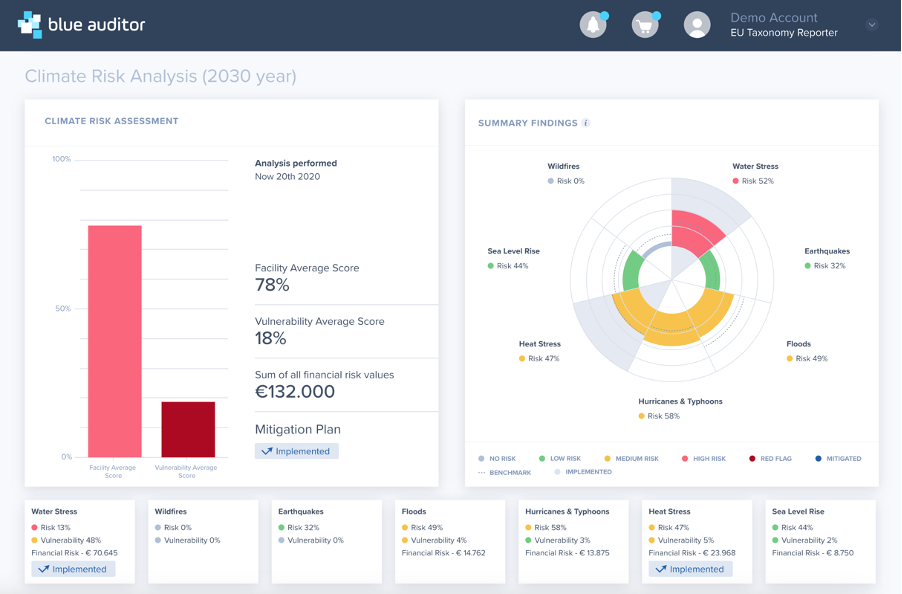As financial institutions confront escalating environmental concerns, the European Central Bank (ECB) offers guidance to navigate this evolving landscape. The recent release of a comprehensive ECB guide to internal models aims to equip banks with tools to integrate climate-related and environmental risks into their internal models, bolstering risk management practices within the sector.
Understanding and Incorporating Materiality
At the core of the ECB’s directive is the imperative for banks to systematically evaluate the materiality of climate-related and environmental risks across their internal models’ lifecycle.
Structured Compliance Approach
To facilitate compliance with ECB requirements, banks are encouraged to follow a structured approach:
- Assessment of Materiality: Banks must conduct a thorough assessment of climate-related and environmental risks, examining their significance at every stage of the internal model lifecycle.
- Integration into Internal Models: Relevant risk drivers associated with climate change and environmental factors should be seamlessly incorporated into internal models to ensure accurate risk quantification.
- Calculation of Own Funds Requirements: The integration of climate-related risks directly influences the determination of own funds requirements for credit and market risk. Banks must adjust their capital reserves accordingly to mitigate potential losses.
- Compliance and Reporting: Banks need to update their risk management frameworks and reporting processes to reflect the integration of climate-related risks. This includes revising risk assessments, capital planning, and external reporting practices to meet regulatory expectations.
- Continuous Review and Update: Given the dynamic nature of climate risks, banks should regularly review and update their risk assessments and internal models. This ongoing process ensures responsiveness to changing environmental conditions and regulatory requirements.
By adhering to these guidelines, banks can proactively manage the financial implications of climate change and environmental degradation. Moreover, integrating climate-related risks into internal models strengthens the resilience of the financial system as a whole.
Leveraging Our Solution for Effective Climate Risk Management
blue auditor’s solution is tailored to assist banks in effectively addressing climate risk requirements. By supporting banks in assessing loans, identifying opportunities for ESG transition loans, conducting benchmarking and CO2 emission reporting, and automating assessment and reporting processes, we empower banks to proactively manage climate risks and seize business opportunities stemming from climate adaptation measures.
blue auditor’s solution aids in the assessment of integrating environmental factors into internal models, identifying the potential impact of risks on financial stability, ensuring accurate quantification. Our methodology uses highly granular, bottom-up models bringing together simulations of all possible events through their entire lifecycle, detailed hazard footprints for each one, with vulnerability curves that translate hazard into damage for 100s of different types of real estate assets, and financial modelling of repair and replacement costs and business interruption.

blue auditor’s climate risk and its vulnerability assessment determine expected financial exposure including damage to properties and other physical assets and damage to the building, contents, and equipment, along with business interruption impacts on net annual revenue, or increased costs of air conditioning for example.
As an exposure value, we look at value-at-risk, for example the amount of lending for assets of portfolios to determine the fractional exposure for each individual climate risk as well as the combined climate risks at a given location. This is determined for the lifetime of the building or the duration of the lending terms to provide bank specific financial risk exposure.
Embracing Sustainability for Financial Resilience
Adherence to ECB guidelines not only enhances sustainability but also strengthens the resilience of the financial system against environmental uncertainties. Banks, as stewards of financial stability, play a critical role in safeguarding against the impacts of climate change. With blue auditor’s solution, banks can navigate the complexities of climate risk management with confidence, ensuring a sustainable and resilient future for the financial sector. Moreover, we provide a complex assessment requiring location specific climate risk exposure, real estate vulnerabilities and value-at-risk in a simple, quick and cost-effective solution that focuses on the solution rather than on the tedious process of assessment. This allows banks to focus on further decision making and providing solutions to the markets they operate in.






